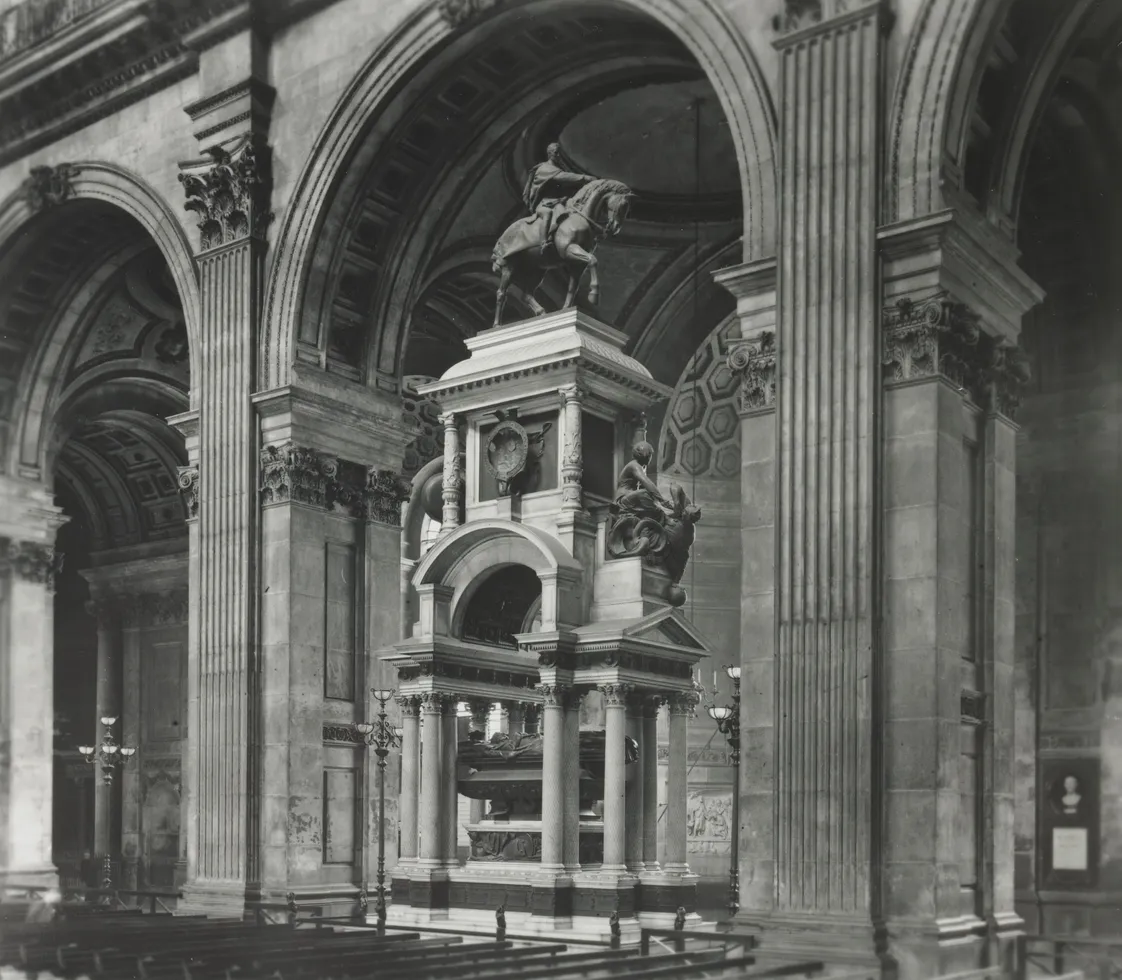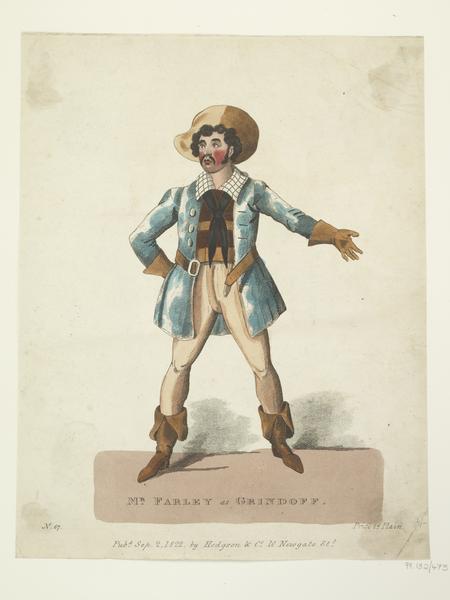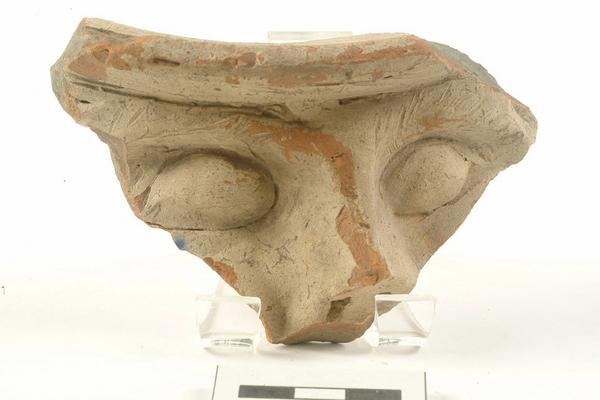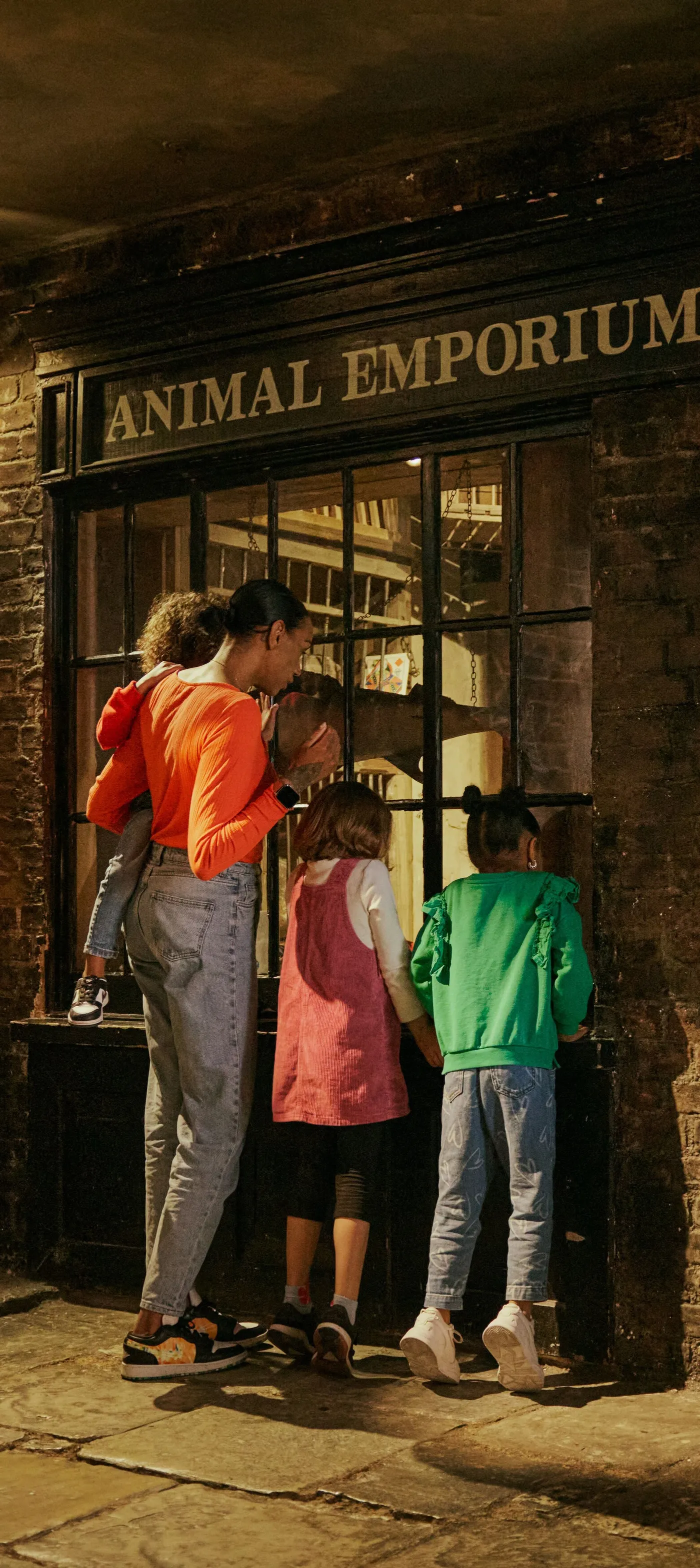City of London
The City of London is where, around 2,000 years ago, the Romans founded the settlement they called Londinium. Surrounded by a wall for centuries, this was the historic city which grew into modern London, and the place marked by fire and plague.
Known as the Square Mile, the City of London has by far the lowest population of all 33 London boroughs, at around 8,000 people. But as a financial centre, home to banks, insurers and law firms, in the daytime that number swells to over 500,000.
An estimated 10 million visitors come each year to see sites like the St Paul’s Cathedral, the Bank of England, the Barbican Centre and, from 2026, London Museum.
There’s history around every corner here. Fleet Street is no longer the home of London’s newspapers. But reporters still gather around the Old Bailey, the City’s historic criminal court.

The Barbican estate is an icon of Brutalist architecture in the City of London.
Top-Results
Top-Results

Picture Post believed in the power of photography
This London-based magazine pioneered photojournalism in the mid-20th century

Inside St Paul’s Cathedral
Tiptoe through these tranquil photographs from the early 1900s

Executions & death-penalty reforms in Britain
How 18th-century British reformers questioned capital punishment and the fight continues today
Top-Results





